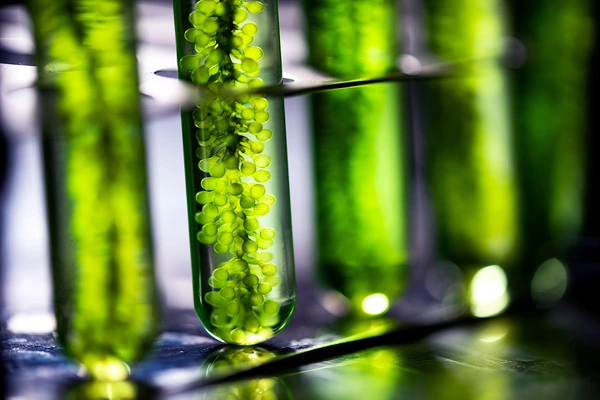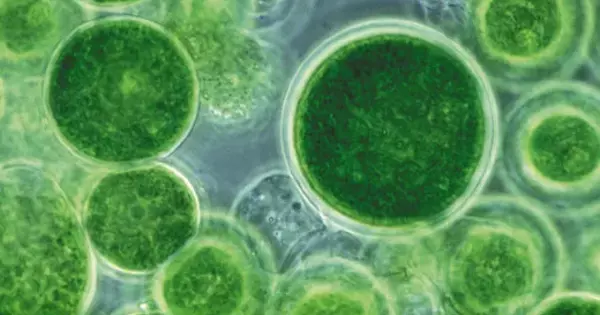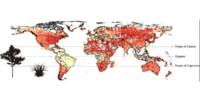In the food industry, algae serve a variety of functions. Algae is consumed raw, cooked as an ingredient, added to products to improve nutritional profiles, used as vegan egg substitutes, and used to improve textural quality and gelling abilities.
According to their size, all algae species fall into one of two primary categories. Microalgae are typically unicellular and grow to a diameter of 3 to 10 micrometers. Macroalgae, also known as seaweed, are large sea plants that can grow to be 70 meters long in some varieties. Algae are then classified into groups based on their pigment compounds and morphological characteristics, such as red, green, brown, and blue-green algae.
Terrestrial agriculture is the foundation of the global food production system. An opinion piece published in the open access journal PLOS Biology by Charles H. Greene of the University of Washington in Harbor, Washington, and Celina M. Scott-Buechler of Stanford University in Palo Alto, California, makes the case for increased investment in algae aquaculture systems to meet nutritional needs while reducing the ecological footprint of food production.
Agriculture provides the backbone of today’s global food production system; however, its potential to meet the world’s nutritional demands by 2050 are limited. Marine microalgae can help fill the projected nutritional gap while simultaneously improving overall environmental sustainability and ocean health.
Charles H. Greene
Increasing agriculture and fisheries production to meet consumer demand has a negative impact on climate, land use, freshwater resources, and biodiversity. The authors argue in their article for shifting the focus of marine aquaculture down the food chain to algae in order to potentially address both the growing demand for nutritious food and the need to reduce the current food system’s ecological footprint.
Microalgae may contain high levels of nutritional protein, essential amino acids, and other micronutrients such as vitamins and antioxidants. Furthermore, a marine microalgae-based aquaculture industry would not necessitate arable land or freshwater, nor would it pollute freshwater and marine ecosystems through fertilizer runoff. The article does not address the potential for a new algae-based aquaculture industry to be culturally responsive, how large-scale microalgae production would affect local foodways, or how algae tastes.

According to the authors, “The financial headwinds faced by a new marine microalgae-based aquaculture industry will be stiff because it must challenge incumbent industries for market share before its technologies are completely mature and it can achieve the full benefits of scale. Financial investments and market incentives provided by state and federal governments can help reduce this green premium until the playing field is level. The future role of algae-based solutions in achieving global food security and environmental sustainability will depend on the actions taken by governments today.”
Greene adds, “Agriculture provides the backbone of the today’s global food production system; however, its potential to meet the world’s nutritional demands by 2050 are limited. Marine microalgae can help fill the projected nutritional gap while simultaneously improving overall environmental sustainability and ocean health.”
Algae contribute important nutrients to the human diet. They are high in dietary fiber, such as beta-glucan, and some species have higher quality protein than plant sources such as beans and grains. Some algae produce a lot of polyunsaturated fatty acids, like omega-3 fatty acids. Algae contains vitamins and minerals as well.
Algae has also been shown in studies to be a prebiotic, anti-inflammatory, anti-cancer, neuroprotective, antidiabetic, anticoagulant, and immunomodulating agent. There is also evidence that algae can absorb heavy metals and provide antioxidant, antibacterial, antifungal, and antiviral properties.
















